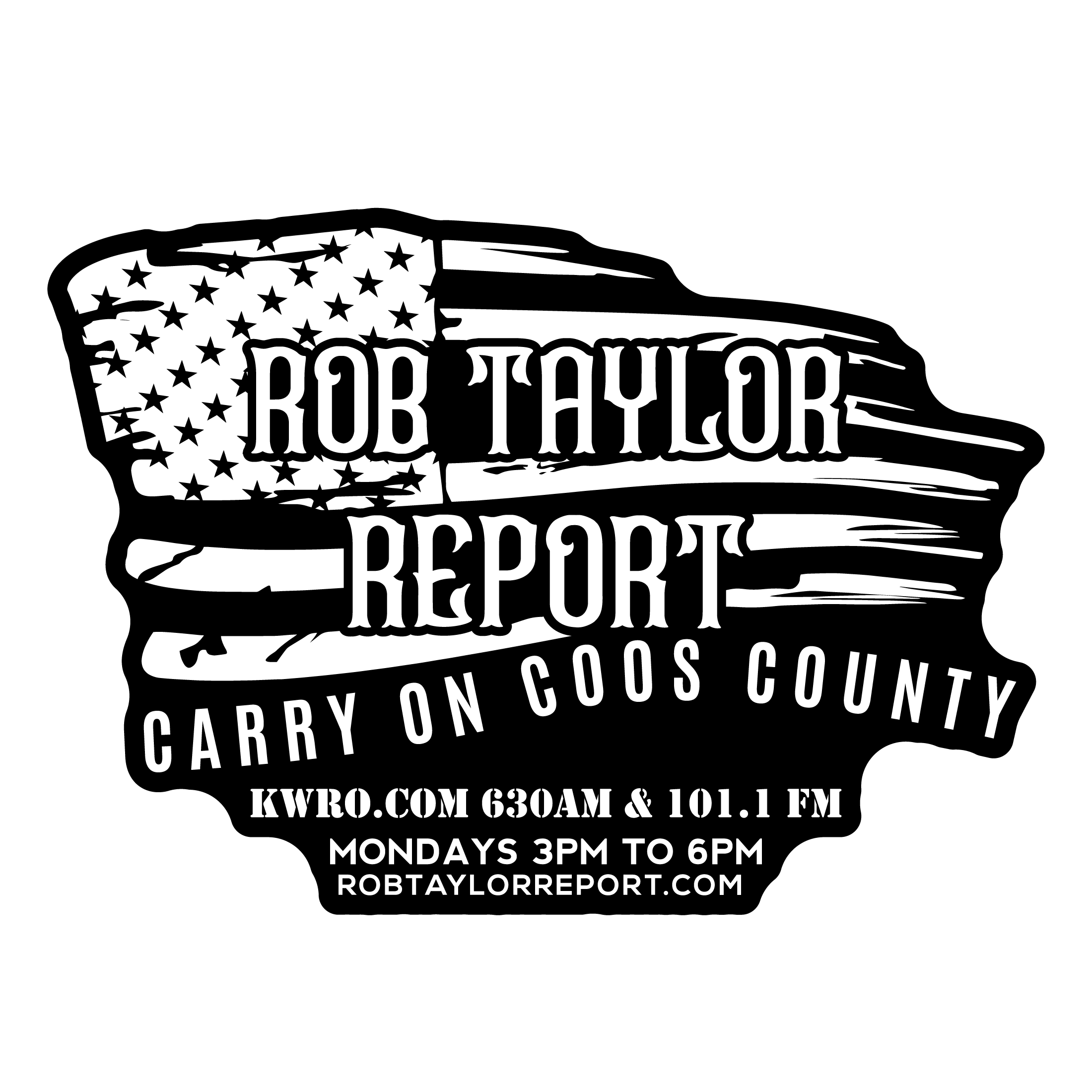Sign of the Times: The Great American Political Poster Now On View at the Oregon Historical Society
News Release from Oregon Historical Society
Posted on FlashAlert: September 13th, 2022 3:44 PM
Downloadable file: Frank Westlake, Black Panther and Peace and Freedom Party candidate Eldridge Cleaver, 1968; offset lithography, 22 1/8 x 16 3/8 inches; Courtesy of Hal Wert.
Downloadable file: Unidentified artist, Republican Party candidate Barry Goldwater, 1964; offset lithography, 22 x 14 inches; Courtesy of Hal Wert.
Downloadable file: Unidentified artist, Republican Party candidates Dwight D. Eisenhower and Richard M. Nixon, 1952; offset lithography, 11 x 13 inches; Courtesy of Hal Wert.
Downloadable file: Unidentified artist, Republican Party candidate William L. McKinley, c. 1896–1900; lithograph on paper, 17 x 11 3/16 inches; Courtesy of Library of Congress.
Downloadable file: Unidentified artist, Republican candidate George W. Bush, 2004; offset lithography, 17 x 22 inches; Courtesy of Hal Wert.
Downloadable file: Unidentified artist, Democratic Party candidates George B. McClellan and George H. Pendleton, 1864; ink on paper, 12 3/8 x 8 1/2 inches; Courtesy of Library of Congress.
Portland, OR — September 13, 2022 — Historically, American political posters were ephemeral and hardworking, hiding in plain sight but intended to capture attention, and votes, through visual language. As an art form, the American political poster has been sorely neglected, despite its effectiveness in conveying political messages to millions of voters often through the skillful use of visual communication. Sign of the Times: The Great American Political Poster, 1844–2012, on view at the Oregon Historical Society in downtown Portland now through November 30, 2022, surveys some of the most exciting and rarely seen works and explores a variety of styles, design trends, and printing technologies to show the great American political poster as art.
Political campaign posters had humble beginnings in the 1840s when the new lithographic printing process, largely developed in Germany, satisfied a growing demand for printed material. Hand-colored portraits of presidential and vice-presidential candidates were first printed for the 1844 race between Whig Party candidate Henry Clay and the eventual winner, James K. Polk of the Democratic Party. Technological innovation in the lithographic process during the 1880s ushered in the golden age of lithography, roughly 1890–1912, which produced some of the most intricate and colorful posters in the exhibition.
World War II saw a huge outpouring of posters from the Roosevelt administration and several key Democratic Party campaign posters designed by famous artists such as Ben Shahn and James Montgomery Flagg. The International Style that pervaded the 1950s rarely affected campaign poster art, an era in which inexpensive letterpress and offset “boxing style” posters were de rigueur. A marvelous new design element that became popular at the time, however, was the “floating head” poster, and several of those types of posters for candidates such as Dwight D. Eisenhower, John F. Kennedy, and Barry Goldwater are included in the exhibition.
The left-wing counterculture revolution of the 1960s was awash in civil rights, psychedelia, and anti-war posters that culminated in the creation of some of the finest campaign posters, many of which appeared in Eugene McCarthy’s 1968 Democratic primary campaign. The George McGovern campaign that followed in 1972 was a virtual explosion of exciting political art. Offset printed posters were more frequent, but many famous artists such as Alexander Calder and Andy Warhol screen-printed limited editions that helped fund campaigns. Hundreds of posters were created by well-known artists, illustrators, and inspired first-time poster makers.
After the graphically exciting 1972 presidential campaign, future contests produced only a few outstanding posters in each election cycle. The Democratic party’s nomination of Barack Obama in 2008, however, heralded a renaissance of the form, as many artists — insiders, outsiders, and the famous — jumped on the candidate’s bandwagon. Although it appeared as though American political posters had once again solidified a place in future campaigns, the creation of exciting innovative posters tapered off sharply in 2012 from the previous presidential election cycle, which is where this exhibition concludes.
Sign of the Times was curated by Hal Wert, Ph.D., collector and professor of history at Kansas City Art Institute and organized by Exhibits USA/Mid-America Arts Alliance.
The Oregon Historical Society’s museum is open seven days a week, Monday–Saturday 10am–5pm and Sunday 12pm–5pm. Admission is $10, with discounts for students, seniors, teachers, and youth. Admission is free every day for OHS members and Multnomah County residents.
About the Oregon Historical Society
For more than a century, the Oregon Historical Society has served as the state’s collective memory, preserving a vast collection of artifacts, photographs, maps, manuscript materials, books, films, and oral histories. Our research library, museum, digital platforms & website (ohs.org), educational programming, and historical journal make Oregon’s history open and accessible to all. We exist because history is powerful, and because a history as deep and rich as Oregon’s cannot be contained within a single story or point of view.
Contact Info:
Rachel Randles
Director of Marketing & Communications
971.409.3761 (cell/text) * rachel.randles@ohs.org
